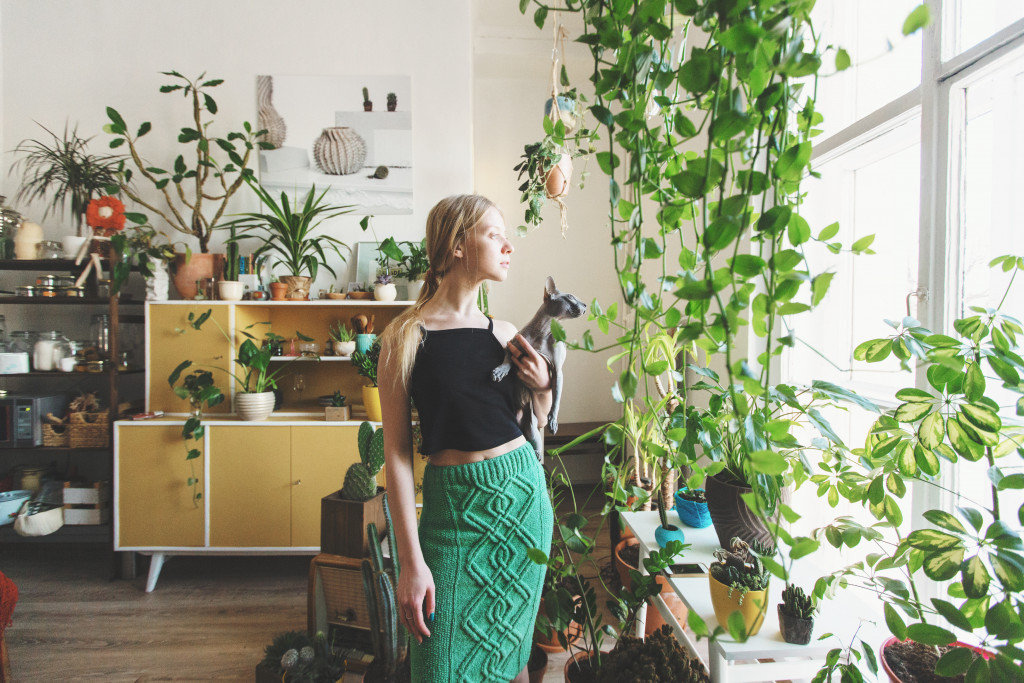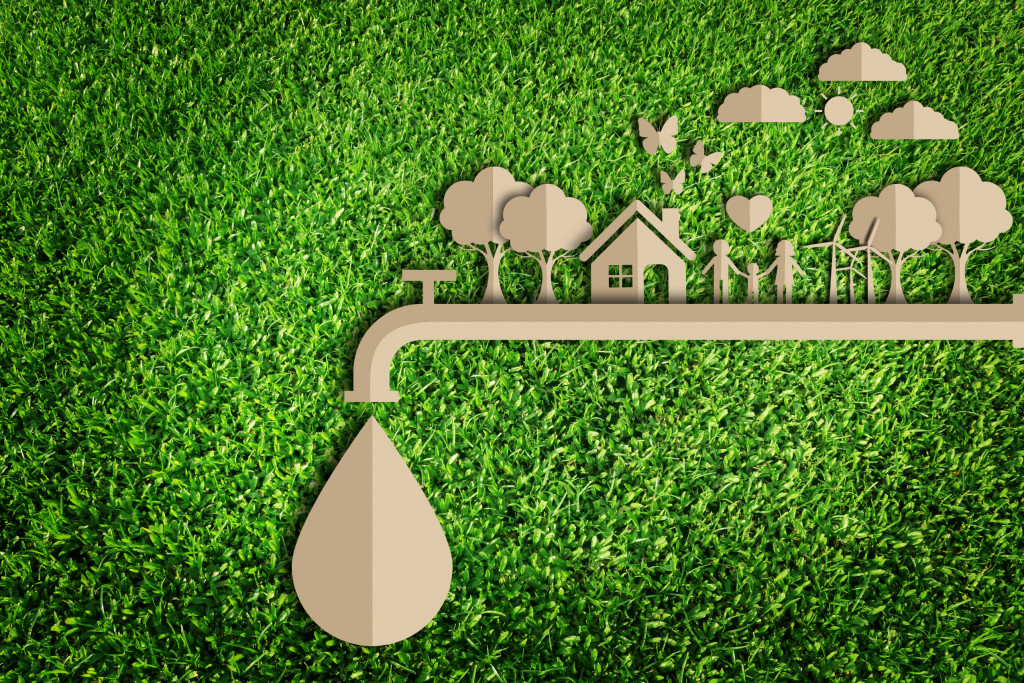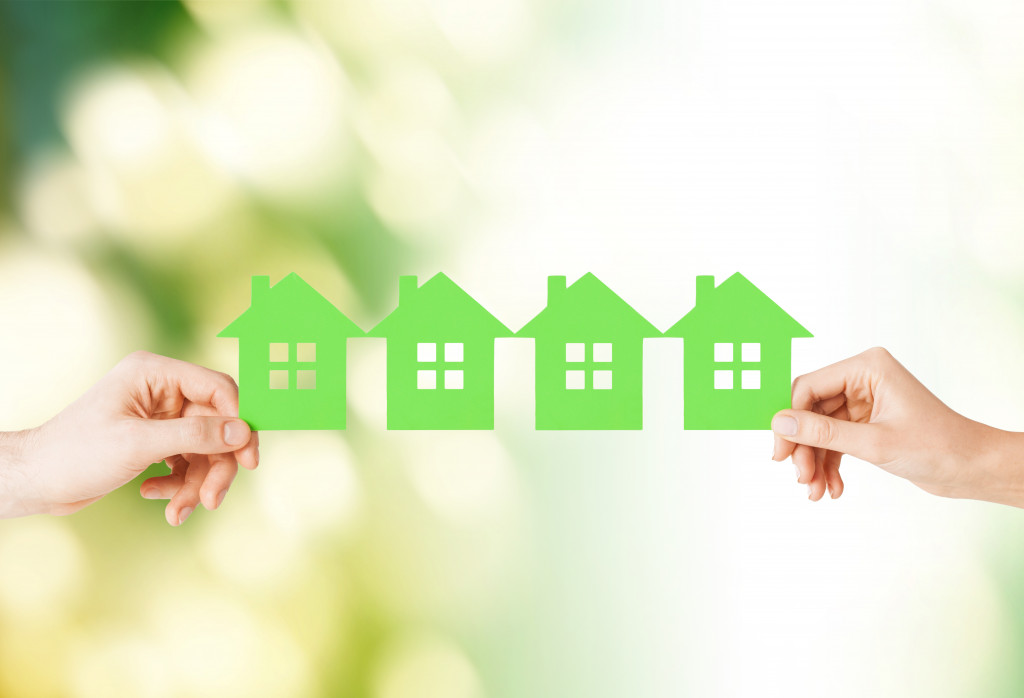- The eco-friendly home design prioritizes energy and water conservation through sustainable materials and efficient appliances.
- Incorporating natural elements and sustainable materials add both aesthetic and environmental benefits to your home.
- Effective water conservation methods include using water-efficient appliances, rainwater collection systems, and drought-tolerant plants.
- Landscaping considerations should include hiring an arborist, planting native trees and plants, and incorporating edible plants.
As a nature enthusiast, it is crucial to create a space that aligns with your love and responsibility for the environment. Urban habitats, overconsumption, and carbon footprint have impacted the planet negatively. The need to create an eco-friendly home has become an essential responsibility to save and protect the environment from further damage. Designing an eco-friendly home can be challenging, but with proper planning, understanding, and implementation, you can create a natural and sustainable environment that will benefit you and the planet. Here are some top considerations to take note of.
Energy Conservation
Your home’s energy usage is one of the significant factors that contribute to your carbon footprint. An eco-friendly home design will focus on energy conservation. Here are some ideas to implement:
Use Sustainable Materials
When selecting building materials, choose those that are sustainable and durable. For example, go for bamboo flooring over hardwood floors, as it is a more sustainable choice. Similarly, you can opt to use recycled materials for specific features in your home. Not only will this help reduce waste, but it will also add character to your home.
Install Energy Efficient Appliances
From your air conditioner and water heater to other large appliances, make sure you get energy-efficient models. This will not only help reduce your utility costs but will also benefit the environment. You can look into solar-powered alternatives as well, such as a rooftop solar system or a solar hot water tank.
Include Natural Elements
Incorporating natural elements into your home design will make it more eco-friendly. You can add a green wall with plants that provide fresh air or create an outdoor living space where you can relax and enjoy the outdoors. You can also include energy-efficient windows to let natural light in during the day and reduce the need for artificial lighting.

Water Conservation
Water conservation is an essential aspect of creating an eco-friendly home. Residential water use contributes significantly to overall water consumption, particularly in regions experiencing water scarcity.
By employing water-efficient appliances, utilizing rainwater collection systems, and mindful water usage, you can reduce this impact. For instance, install a water-saving showerhead, or use greywater for your plants. It is also beneficial to use drought-tolerant plants in your garden as they require less water than traditional plants.
In some cases, you may want to add a water feature that can help reduce your water consumption. For example, you can install a solar-powered fountain or pond that requires no energy and helps to conserve water.

Landscaping
Landscaping plays a crucial role in an eco-friendly home, serving both aesthetic and functional purposes. Opting for native plants and trees not only reduces the need for intensive water use but also encourages local wildlife and biodiversity. Consider creating a xeriscape that requires less water and maintenance. Here are some factors to consider:
Hire an Arborist
To ensure that your landscape is efficiently designed and well-maintained, you’d need a professional who specializes in caring for trees and shrubs. An experienced arborist can help you create a landscaping plan that also supports local wildlife and the environment. They can also advise you on how to maintain your landscape through regular pruning, watering, and soil management.
Plant Native Trees and Bushes
As mentioned briefly above, planting native trees and bushes is the ideal way to create an eco-friendly landscape. Not only will these plants require less maintenance, but they will also provide food and shelter for local wildlife. To get started, buy a tree guidebook or contact your local nursery to find out which plants are native to your area.
Incorporate Edible Plants
Edible plants are a great way to make your eco-friendly home more sustainable. You can grow fruit trees, vegetables, herbs, and edible flowers in your garden or on your balcony. Not only will this provide you with fresh produce, but it will also reduce the amount of food waste and packaging that you generate.
Creating an eco-friendly home provides not only a natural and sustainable environment but also an avenue to contribute to protecting the planet. Energy conservation, sustainable material usage, indoor air quality, water conservation, and incorporating outdoor elements are essential considerations for designing an eco-friendly home. Act now, and create a natural and sustainable living space today.

